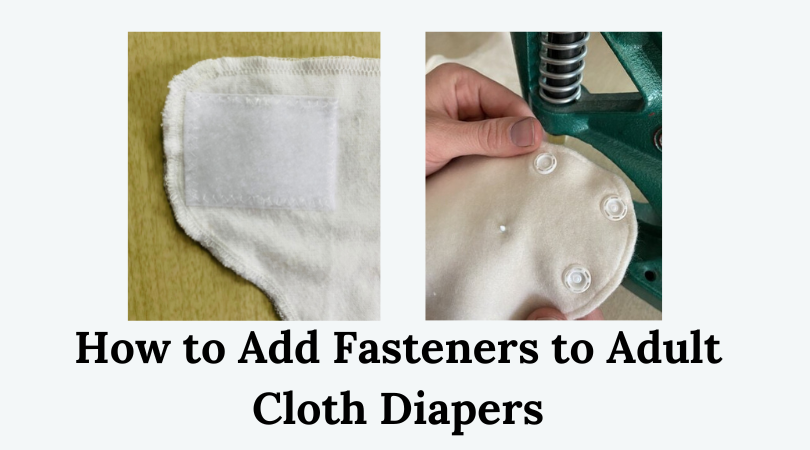Sewing on hook and loop tape or adding snaps to an adult cloth diaper can make the use of your incontinence item much easier. No more fumbling with diaper pins, snappis, or boingos. Whether you’re making your adult cloth incontinence item from scratch or modifying an existing item, snaps or hook and loop tape can easily be added to just about anything.
How to Add Snaps
The nice thing about snaps is that they do not require sewing skills or a sewing machine. So if sewing’s not your jam, but you have a cloth incontinence item you’d like to add snaps to, you just need a couple tools and supplies. For an in-depth look at snaps sizes, types, and brands, check out Sewing Notions Needed for Adult Cloth Diapers.
Supplies
- Snap pliers or press: KAMSnaps is the most common brand, but if you already have Dritz pliers, you could use Dritz plastic snaps.
- Awl
- Snaps: Again, KAMSnaps are the most common brand, but you could also use Dritz in a pinch.
How to Add Snaps to an Adult Cloth Diaper
Step 1: Using a fabric pen or pencil, measure and mark where you want your snaps to go. Depending on the style of your incontinence item, snaps usually go on the sides or in the front.
Step 2: Using the awl, poke holes in the fabric where you marked.
Step 3: Take a cap and press it through the fabric so the point sticks up.
Step 4: Using pliers or press, squeeze the socket or stud together with the cap.
To watch a video on how to use pliers, check out KAMsnaps video. They also have a video if you have the snap press.
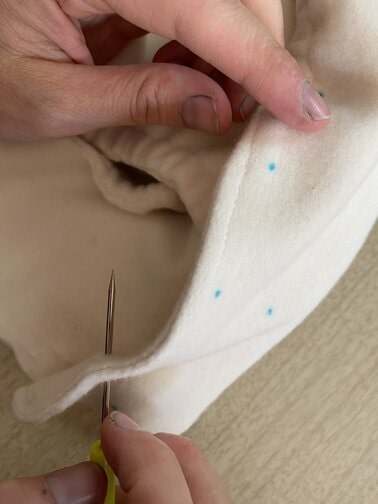
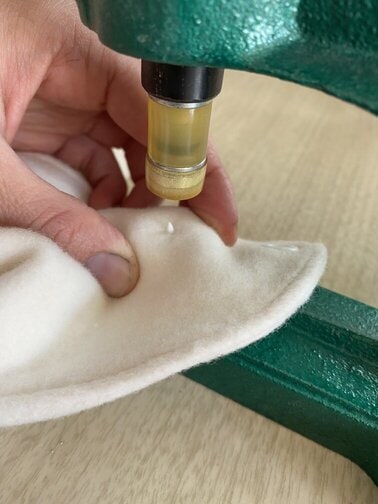
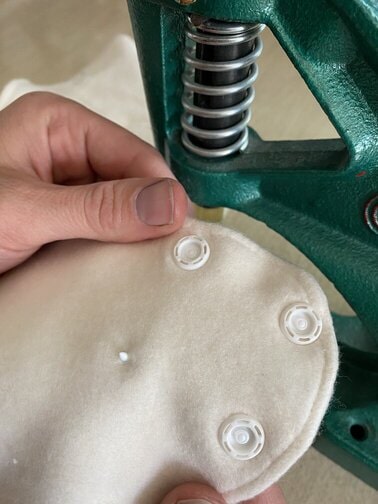
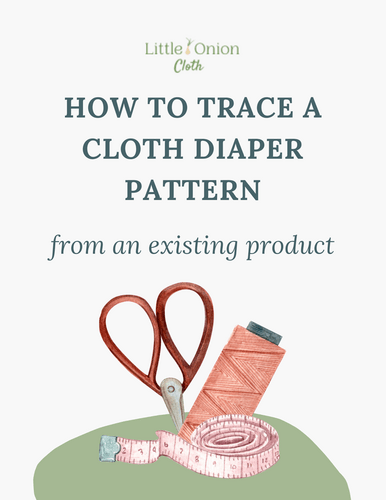
What about Sew on Snaps?
If you don’t want to invest in pliers and prefer the route of hand stitching things, technically you could use metal sew on snaps.
However, there are some cons to using these snaps.
For one, if the product you are sewing the snaps to has a PUL layer, just note that the more holes you poke in your PUL to sew the snaps on, the more places you have for moisture to leak out. So avoid sewing on snaps in any area that will come in contact with moisture.
Secondly, metal snaps are hard. Much harder than the plastic snaps. Over time, through washing and drying, these snaps could cause additional wear and tear to your cloth incontinence products.
Just something to keep in mind if you choose to sew on metal snaps.
How to Sew Hook and Loop Tape
Ah, hook and loop tape, also known as Velcro, is easy to use and simple to sew. Many of the folks who come to my Etsy shop prefer hook and loop tape since it doesn’t require as much time and finger dexterity as snaps.
Sewing on hook and loop tape also doesn’t require extra tools like pliers. However, for adult sized garments, you’ll need hook and loop tape that’s at least 2” wide. I’ve found that using the 1.5” hook and loop tape that is common on baby diapers simply isn’t strong enough to keep an item up, especially when wet.
How to Sew Hook and Loop Tape to an Adult Cloth Diaper
Step 1: Cut loop tape to size and pin to the front (or sides) of the cloth diaper.
Step 2: Stitch around loop tape using a zigzag stitch.
Step 3: Repeat for hook tape.
Step 4: Repeat for laundry tabs (optional).
Laundry tabs are small strips of loop tape sewn near hook tape on the back wings of a diaper. Before laundering, the hook tape gets folded over and attached to the small strip of loop tape. This prevents the hook tape from sticking to everything in the wash and getting fibers stuck in its teeth.
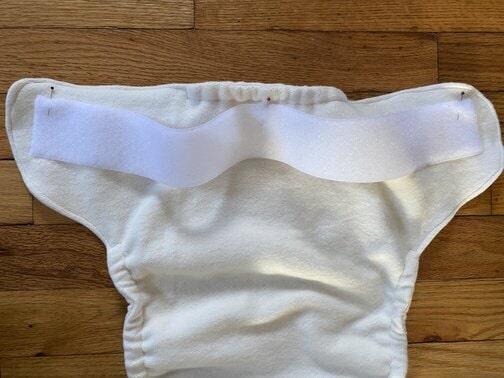
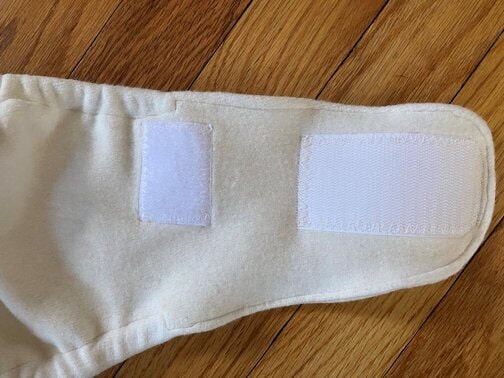
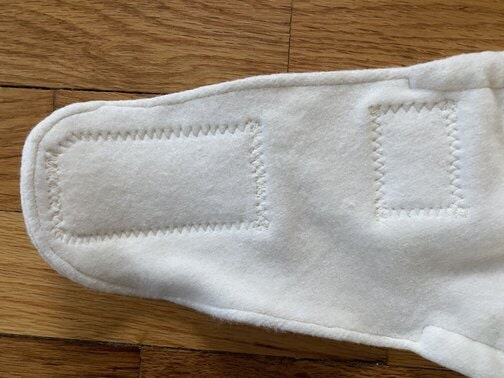
While adding fasteners to your adult cloth incontinence item isn’t always necessary, using snaps or velcro can simplify the process of putting the garment on. While snaps require a bit more finger dexterity, they are more durable and last longer. Hook and loop tape tends to offer the easiest way to close a cloth incontinence garment and is simple to sew without needing extra tools.
Alecia
Latest posts by Alecia (see all)
- How to Make a Cloth Diaper Bigger - August 21, 2023
- Best Swim Diapers for Adults and Youth - July 18, 2023
- Adult Cloth Diaper Hacks: How to Make a Swim Diaper - July 14, 2023

